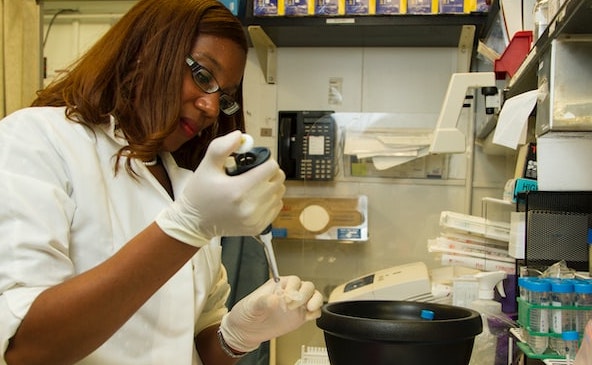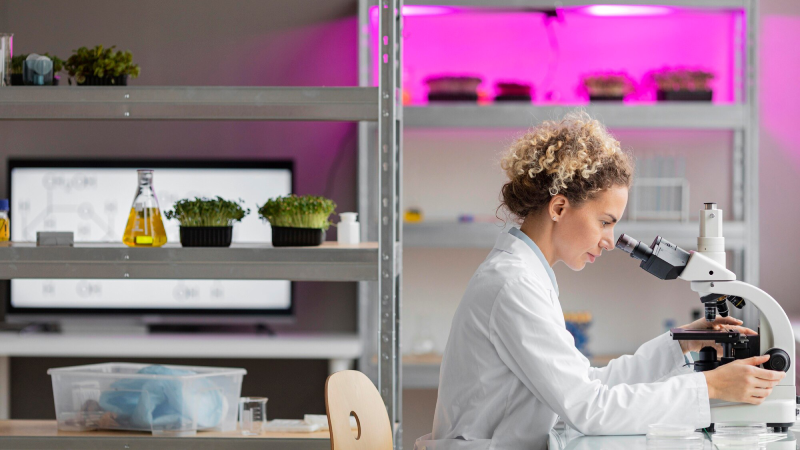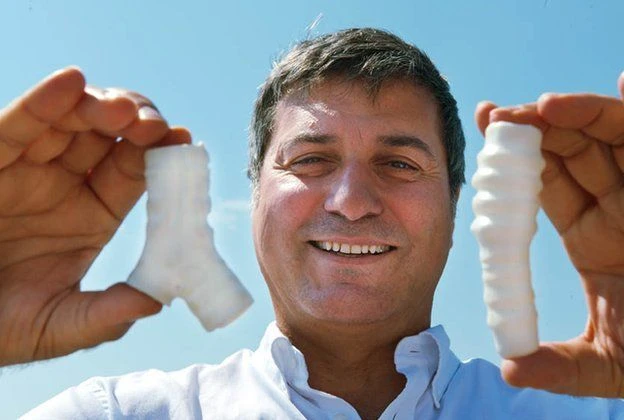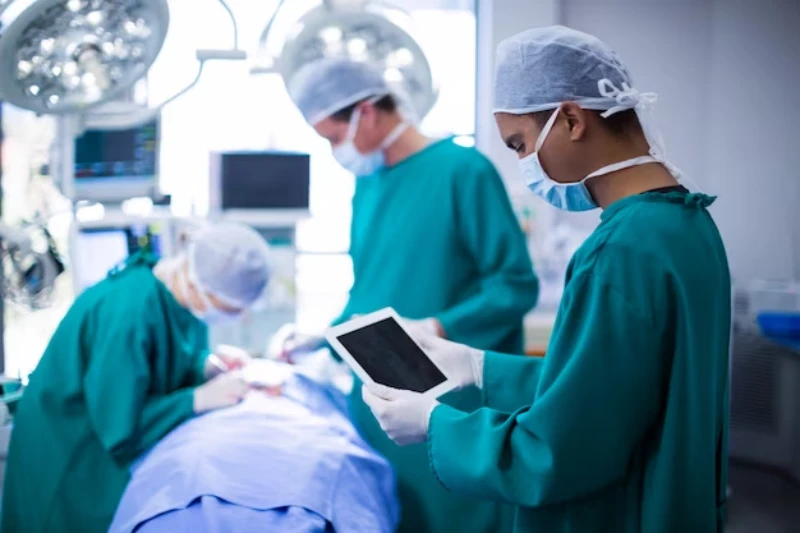
Polymerase Chain Reaction (PCR) is a laboratory technique used to amplify a specific segment of DNA. It is a powerful tool that can make millions or even billions of copies of a specific DNA sequence in a relatively short amount of time.
What is polymerase chain reaction?
The PCR process begins with a small amount of DNA template, which is mixed with a special enzyme called DNA polymerase, as well as with short pieces of DNA called primers. These primers are designed to bind to specific sequences on the DNA template, and they serve as the starting point for the PCR amplification.
The mixture is then heated to a high temperature, which causes the double-stranded DNA to separate into single strands. This is known as denaturation. Next, the mixture is cooled to a lower temperature, which allows the primers to bind to their complementary sequences on the single-stranded DNA template. This is known as annealing.
Finally, the mixture is heated again to a higher temperature, which allows the DNA polymerase to extend the primers, using the single-stranded DNA template as a template. This is known as extension. The result is the formation of new, double-stranded DNA molecules that are identical to the original DNA template.
The process is then repeated multiple times, with each cycle doubling the number of DNA molecules. This exponential amplification allows for the detection of very small amounts of DNA, making PCR a widely used tool in molecular biology, genetics, and medicine.
PCR is widely used for various applications such as genetic engineering, DNA fingerprinting, and identifying of microorganisms and viruses. With the advent of new technologies, PCR has become more sensitive and specific and faster, making it a powerful tool for diagnosis and research.
It is a powerful technique that allows for the amplification of specific segments of DNA, making it useful for a wide range of applications, including genetics, molecular biology, and medicine.
Basic steps
- Denaturation: The first step in PCR is to heat the DNA sample to a high temperature (usually around 95-98°C) to separate the double-stranded DNA into single strands. This process is known as denaturation.
- Annealing: Next, the mixture is cooled to a lower temperature (usually around 50-65°C) to allow the primers to bind to their complementary sequences on the single-stranded DNA template. This step is known as annealing. The primers are short pieces of DNA that have been specifically designed to bind to the regions of the DNA template that need to be amplified.
- Extension: The final step in PCR is to heat the mixture to a higher temperature (usually around 72°C) to allow the DNA polymerase to extend the primers, using the single-stranded DNA template as a template. This step is known as extension. The DNA polymerase is an enzyme that catalyses the formation of new DNA strands. The result is the formation of new, double-stranded DNA molecules that are identical to the original DNA template.
- Repeat: The process is then repeated multiple times, with each cycle doubling the number of DNA molecules. This exponential amplification allows for the detection of very small amounts of DNA, making PCR a widely used tool in molecular biology, genetics, and medicine.
- There are different variations of PCR methodologies, such as:
- Real-time PCR: allows for the quantification of the amplification of DNA in real-time, it can be used for detection and quantification of pathogens, gene expression analysis and genotyping.
- Reverse transcription PCR (RT-PCR): used to amplify RNA molecules, it is a common method for quantifying the expression of genes and for the detection of viral RNA.
- Long-range PCR: it allows amplification of large segments of DNA, it is useful for cloning, sequencing and for the detection of chromosomal abnormalities.
Multiplex PCR: allows for the simultaneous amplification of multiple targets in a single reaction, useful for genetic testing and for the detection of pathogens.
It is a powerful technique that allows for the amplification of specific segments of DNA, making it useful for a wide range of applications, including genetics, molecular biology, and medicine.
The different variations of PCR methodologies offer greater versatility and sensitivity, expanding the range of possibilities in research and diagnosis.







